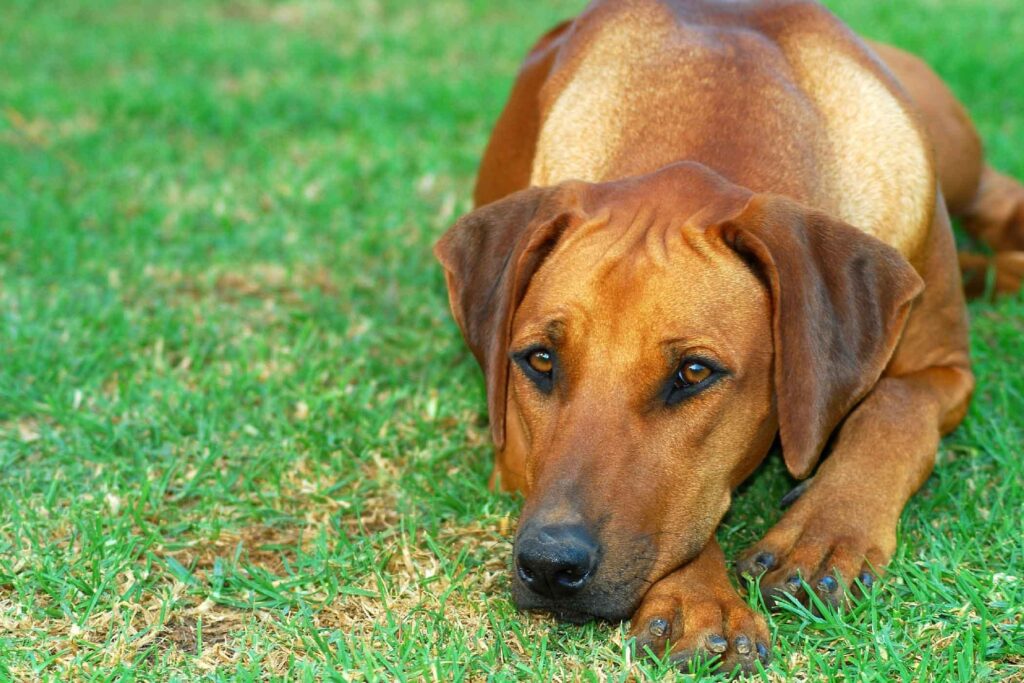Down: Introducing the Release Word
PREREQUISITE:
Your dog should be lying down whenever you ask him in a low distraction environment.
If your dog is not doing this, please do not proceed to the next step. Go back to the previous lesson on down and practice some more.
TOOLS:
- Treats
- Treat pouch
TRAINING ENVIRONMENT: Start in the least distracting (most boring) place in your home.

RECOMMENDED TREAT POSITION: In your dog’s mouth.
STEPS:
- The word “Stay” is optional, and is for you, the handler. It is a cue that we sometimes train that doesn’t really give the dog any information. If he’s lying down, he should remain lying down with or without the “stay” cue. Some dogs even get confused by it because they are used to cues telling them to do something, and this cue doesn’t do that.
- Pick a release word or phrase. I use “free” or “go play”. This is the important cue. It gives the dog information on what he is supposed to do. It tells him he is relieved from duty and can go do whatever he wants.
- During this exercise you will need to concentrate on keeping your feet firmly planted on the floor. If you move them when you release your dog from a down he will begin to get up whenever you move. It will make teaching him to let you walk away from him much harder. Pretend those feet are glued to the floor until we know he understands the release cue.
- Ask your dog to down. This is important. If you don’t ask him to down and he lies down he should be able to get up on his own whenever he wants. But if you ask him he should stay until you tell him it’s okay to get up. If he lies down on his own, move away from him, call him to you, and ask him to down.
- When your dog responds to your “down” cue, wait a few seconds, DO NOT CLICK, treat him in position, and give him his release word.
- You may need to move around (without moving your feet), use a high-pitched voice, and generally be very animated in order to get your dog up. Just don’t move your feet!
- When he does get up, praise him and let him know what a good dog he is!
HOMEWORK:
- PUPPIES: Practice this 5 repetitions, twice a day.
- DOGS: Practice your stay minimum of ten repetitions, three times each day.
AT THE END OF THIS STEP:
You should be able to ask your dog for a down and have him stay down for several seconds before you tell him to get up.
TROUBLESHOOTING:
My dog won’t get up when I release him.
- Some dogs will stay as if they are glued to the floor no matter how enthusiastic you are in your desire to get them up.
- Try tossing a ball or other toy right after you say your release word.
My dog is getting up on his own.
- Usually this happens when you are asking too much of your dog.
- Back up to the last place he was successful.
- Slow your progress, and work up to the place where your dog fell apart.
